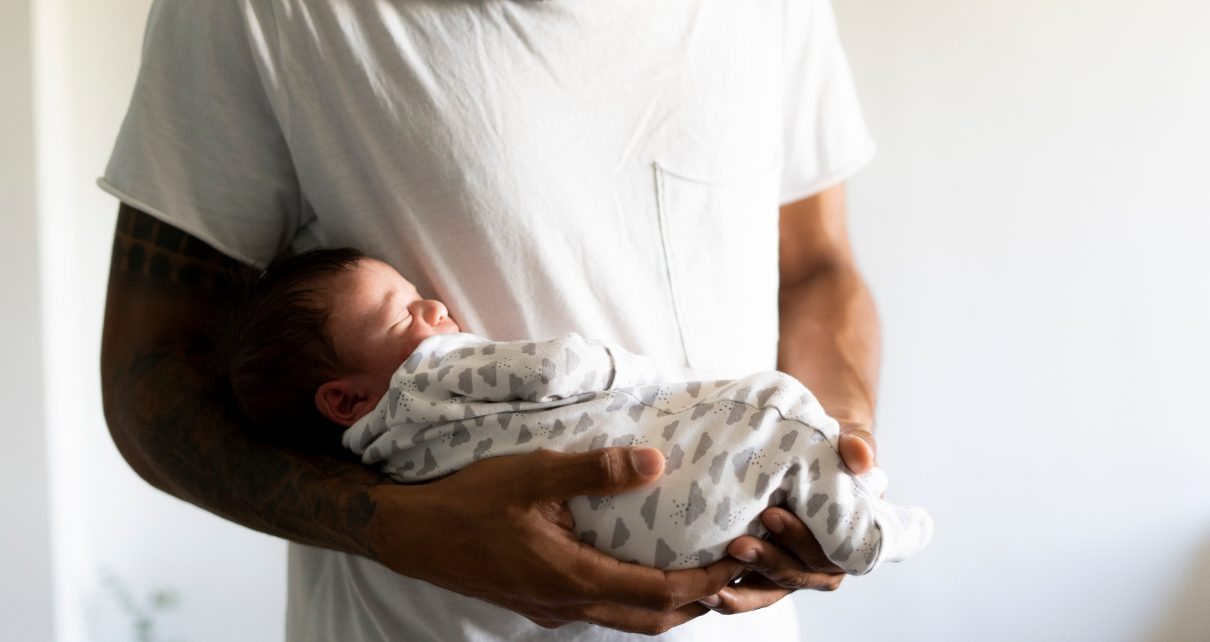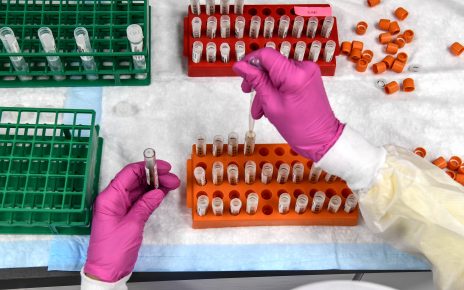As the new coronavirus continues to burn through populations, studies are beginning to shed light on its impact on infants. And so far the findings have been promising for parents and researchers alike.
The initial data suggest that infants make up a small fraction of people who have tested positive for COVID-19. A Centers for Disease Control and Prevention study released in April reported 398 infections in children under one year of age—roughly 0.3 percent of all U.S. cases at that time for which age was known. In addition, most of these cases appear mild in nature: a recent review published in the Italian Journal of Pediatrics that looked at infants up to the age of six months found that those who were infected would typically exhibit only a slight cough, runny nose or fever, which disappeared in a week or so. Other studies have suggested similar minor reactions. The question is: Why?
One of the favored hypotheses focuses on how easily the new coronavirus can gain access to the body’s tissues. Infection occurs when particles of the virus, SARS-CoV-2, enter human cells through a receptor called ACE2 and hijack those cells’ machinery to make copies of themselves. These copies then invade new cells. The thinking is that infant cells have only a few ACE2 receptors, whereas those of an elderly person might harbor thousands. With fewer available points of entry in a baby, it could be harder for the virus to break in. Alternatively—and perhaps counterintuitively—an infant’s immune system might simply be too immature to attack SARS-CoV-2. Given that most of the damage in severe COVID-19 cases seems to be caused by strong immune responses, that immaturity may work in babies’ favor.
The latter possibility could even explain a subtlety within the data: although infants appear resilient to COVID-19, they might be at a marginally higher risk than older children. Early data from China suggested that 10.6 percent of infected children younger than one had severe or critical illness—a rate that decreased dramatically with age. “It’s a dance that takes place between the virus and our own immune system,” says Rana Chakraborty, a pediatric infectious disease specialist at the Mayo Clinic. If the body’s defenses react too little, the virus will be able to take over. An overreaction can be equally deadly, however. So children older than about one year of age might be in a sweet spot between infants, whose immune system has not yet fully kicked in, and adults, whose defenses are sometimes overzealous.
Indeed, the April CDC study similarly found that infants younger than one account for the highest percentage of hospitalizations among young children. But Leena B. Mithal, a pediatric infectious disease specialist at Northwestern University, argues that this trend could simply be because all newborns taken to a hospital routinely undergo a full examination to ensure they do not have an underlying bacterial infection—a process that can take days. She conducted a study involving 18 infants younger than 90 days who tested positive for SARS-CoV-2 at the Ann & Robert H. Lurie Children’s Hospital of Chicago and found that although half of the babies were hospitalized, none required intensive care. “I think that is reassuring, that young infants actually may not be at a specifically higher risk of severe and critical illness, as we initially were worried about,” Mithal says.
Although some of the details still need to be teased out, it is clear that infants are uniquely resilient to COVID-19—a finding that could aid in treatment development efforts. Scientists have already identified drugs that block certain inflammatory pathways in the body, and several are in clinical trials in COVID-19 patients. Another possibility is that drugs that target the ACE2 receptor could be the key to a vaccine or treatment.
Scientists have also hypothesized that children are more likely to have recently been infected with other coronaviruses, which could provide cross-protective antibodies. Or maybe the answer comes down to the fact that infants and older children often do not yet have underlying health problems. “That would give them a better head start—at least biologically,” says Aimee Ferraro, a senior core faculty member at the School of Health Sciences at Walden University.
The high rate of mild cases in infected children seems promising—both for researchers who would like to target treatment and anxious parents. But the data remain limited, and experts continue to be cautious. It is important to remember that we simply do not know the long-term consequences of COVID-19, Ferraro says. This ignorance is evident in a number of cases in which youngsters initially became mildly sick with the disease and later developed a potentially life-threatening condition known as multisystem inflammatory syndrome in children, or MIS-C, in which various organs become inflamed. Although this phenomenon has mostly occurred in children older than one, Mithal argues that it is too early to tell whether infants can develop it or not.
“Parents should be aware that it’s important to protect children—not [just] from the infection itself—because it’s mild—but also from this post-inflammatory syndrome,” says Asif Noor, a clinical assistant professor of pediatrics at New York University, who specializes in infectious diseases among children. With that warning in mind, he advises that parents should limit visitors during a baby’s first few months and ask that everyone—even those who are asymptomatic—stand at least six feet away from the newborn. Although informing grandparents that they cannot hold their new grandchild might be heartbreaking, he argues that doing so is undoubtedly for the best. And Ferraro notes that cases among newborns might appear lower for the sheer reason that many have been shielded from the world—family members included—since the beginning of the pandemic. “I think this is a new normal,” Noor says.
Read more about the coronavirus outbreak from Scientific American here. And read coverage from our international network of magazines here.



